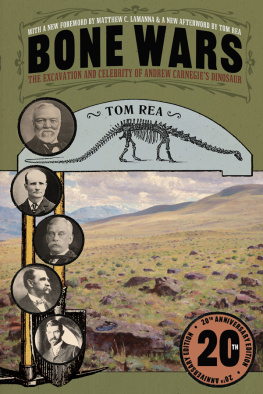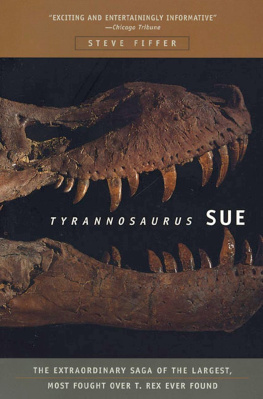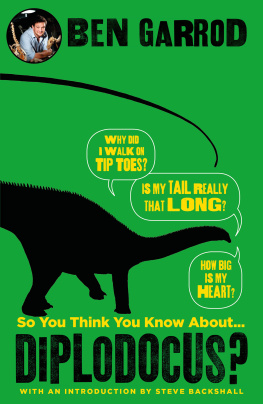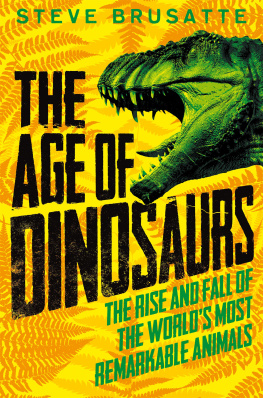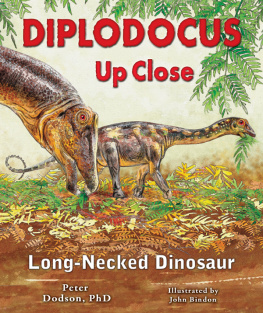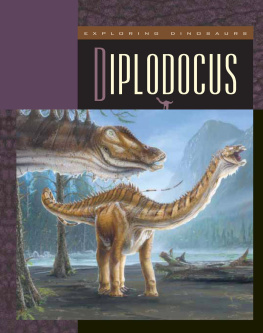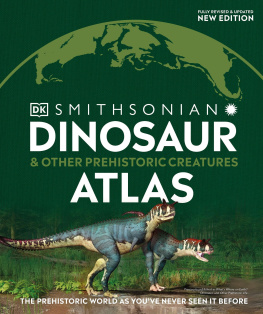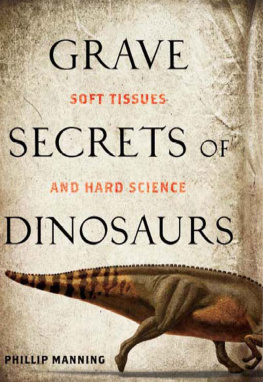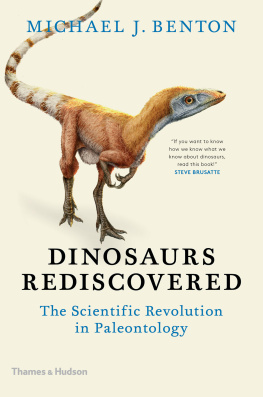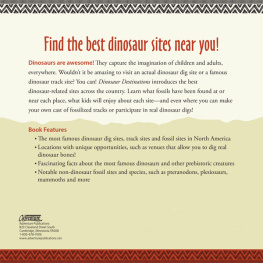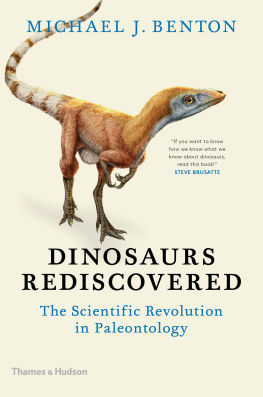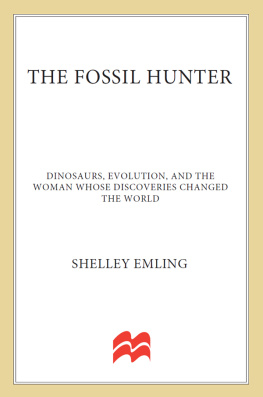Tom Rea - Bone Wars: The Excavation and Celebrity of Andrew Carnegies Dinosaur, Twentieth Anniversary Edition
Here you can read online Tom Rea - Bone Wars: The Excavation and Celebrity of Andrew Carnegies Dinosaur, Twentieth Anniversary Edition full text of the book (entire story) in english for free. Download pdf and epub, get meaning, cover and reviews about this ebook. year: 2021, publisher: University of Pittsburgh Press, genre: Detective and thriller. Description of the work, (preface) as well as reviews are available. Best literature library LitArk.com created for fans of good reading and offers a wide selection of genres:
Romance novel
Science fiction
Adventure
Detective
Science
History
Home and family
Prose
Art
Politics
Computer
Non-fiction
Religion
Business
Children
Humor
Choose a favorite category and find really read worthwhile books. Enjoy immersion in the world of imagination, feel the emotions of the characters or learn something new for yourself, make an fascinating discovery.
- Book:Bone Wars: The Excavation and Celebrity of Andrew Carnegies Dinosaur, Twentieth Anniversary Edition
- Author:
- Publisher:University of Pittsburgh Press
- Genre:
- Year:2021
- Rating:4 / 5
- Favourites:Add to favourites
- Your mark:
Bone Wars: The Excavation and Celebrity of Andrew Carnegies Dinosaur, Twentieth Anniversary Edition: summary, description and annotation
We offer to read an annotation, description, summary or preface (depends on what the author of the book "Bone Wars: The Excavation and Celebrity of Andrew Carnegies Dinosaur, Twentieth Anniversary Edition" wrote himself). If you haven't found the necessary information about the book — write in the comments, we will try to find it.
With a New Foreword by Matthew C. Lamanna and a New Afterword by Tom Rea
Less than one hundred years ago, Diplodocus carnegiinamed after industrialist and philanthropist Andrew Carnegiewas the most famous dinosaur on the planet. The most complete fossil skeleton unearthed to date, and one of the largest dinosaurs ever discovered, Diplodocus was displayed in a dozen museums around the world and viewed by millions of people. Bone Wars explains how a fossil unearthed in the badlands of Wyoming in 1899 helped give birth to the publics fascination with prehistoric beasts. Rea also traces the evolution of scientific thought regarding dinosaurs and reveals the double-crosses and behind-the-scenes deals that marked the early years of bone hunting. With the help of letters found in scattered archives, Tom Rea recreates a remarkable story of hubris, hope, and turn-of-the-century science. He focuses on the roles of five men: Wyoming fossil hunter Bill Reed; paleontologists Jacob Wortmanin charge of the expedition that discovered Carnegies dinosaurand John Bell Hatcher; William Holland, imperious director of the recently founded Carnegie Museum; and Carnegie himself, smitten with the colossal animals after reading a story in the New York Journal and Advertiser. What emerges is the picture of an era reminiscent of today: technology advancing by leaps and bounds; the press happy to sensationalize anything that turned up; huge amounts of capital ending up in the hands of a small number of people; and some devoted individuals placing honest research above personal gain.
Tom Rea: author's other books
Who wrote Bone Wars: The Excavation and Celebrity of Andrew Carnegies Dinosaur, Twentieth Anniversary Edition? Find out the surname, the name of the author of the book and a list of all author's works by series.

